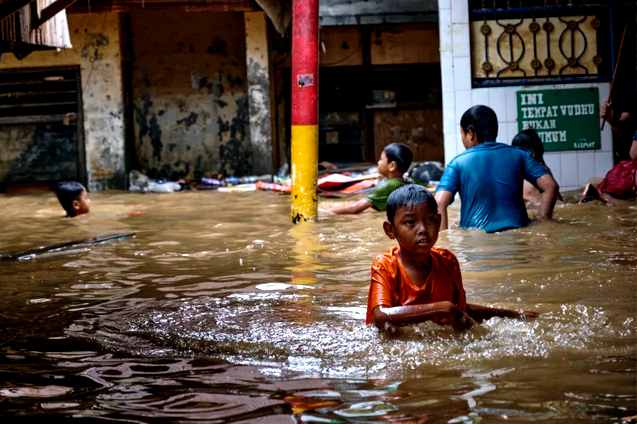
|
|
All levels of government are pumping hundreds of millions of
dollars into the hydrogen industry. (Supplied)
|
|
Key Points
|
The Hycel Technology Hub at Deakin University's Warrnambool campus will receive $9m to develop and test hydrogen fuel technologies.
Meanwhile, $5.2m will go to the Battery Technology Research and Innovation Hub 2.0 at Deakin's Burwood campus.
Deakin Energy director Adrian Panow said the funding for the hydrogen hub would help make the fuel a feasible option for industry.
"To really make that step change where hydrogen becomes a viable option," he said.
"Particularly for those sectors that are very difficult to decarbonise, so heavy transport in particular, finding a substitute for natural gas with the low carbon footprint.
"It's a small factory that will house equipment to manufacture, to trial and to test fuel cell equipment."Importantly, it'll be a facility that will interface directly with communities, and particularly regional communities, to build that social licence so that when hydrogen becomes a viable large scale economy that the community is ready to accept it and we have a trained workforce that knows how to implement safely."
The federal government has committed $2m to the Hycel Technology Hub.

|
| Local Federal Member Dan Tehan at a groundbreaking event at the Hycel Technology Hub in November 2020. (Supplied: Alice Miles) |
Dr Panow said the funding would help the development of hydrogen technology at scale.
"What we've heard very clearly from our global collaborators is that the research out of a laboratory can't enter global supply chains unless it's been demonstrated at scale," he said.
"That's why the investment needs to be substantial — so you can manufacture, you can build the small and medium enterprise sector to convert the fantastic science into a scale that a manufacturer can pick up and realise it's viable, it's safe and it can be implemented.
"The regional location is perhaps often underestimated in its importance.
"Hydrogen lends itself very well to that long distance travel and the local industry in the south west of Victoria — dairy, forestry and manufacturing in that area.
"Hydrogen enables that whole sector at alternatives in how it's going to decarbonise."
The battery facility will include a testing lab and pilot production line to research and make batteries using lithium and sodium.
The advanced batteries are expected to be used in defence, agriculture, disaster zones and the health industry.
The state government said the facilities would host 290 jobs in research and manufacturing, while 78 jobs were expected to be created during construction, which was slated for next year.
Minister for Higher Education Gayle Tierney, who helped launch the project funding this morning, said it was a great investment in future industries.
"These projects will create world-class training and research facilities right here in Victoria, with huge benefits not just on skills and training but also industry and our economy," she said.
Links
- Three of the biggest green hydrogen electrolysers in the world will be built in regional Australia
- Will 'green hydrogen' live up to the hype, or is it all a load of hot air?
- Will the government's $539 million spend on new 'clean' energy projects reduce emissions?
- (AU ABC) Green Hydrogen Electrolysers To Be Built In Regional Australia With Government Backing
- (AU RenewEconomy) Hydrogen Will Be Cover For A New Life For Fossil Fuels
- (AU The Guardian) Scott Morrison Seeks International Partners To Develop Low-Emissions Technology At Biden Climate Summit
- (AU ABC) Scott Morrison Reveals $1bn Energy Deal With South Australian Government
- (AU ABC) Green Hydrogen Is Billed As The New Climate Friendly Fuel In Town But Will It Work?
- (Graphic) The new power generation: Charting a highway to hydrogen
- (AU) NSW Tips $70m Into Hunter Hydrogen Hub As Coal Closures Loom
- (AU) World's First Domestic Hydrogen Battery Developed By Australian Firm
- (AU) Victoria Plans 300mw Tesla Battery To Help Stabilise Grid As Renewables Increase
- (AU) Shared Community Battery May Be Trialled In Solar-Powered Canberra Suburb To Stabilise Energy Supply
- Coal And Gas On Notice, As US Big Solar And Battery Deal Stuns Market








